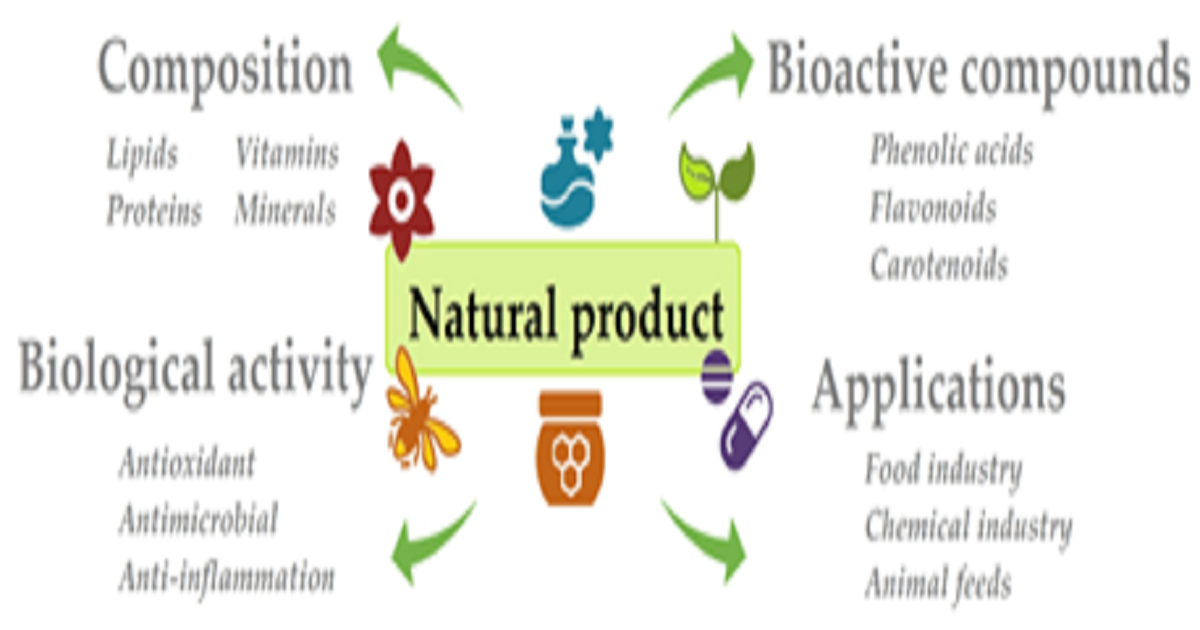Analysis, Characterization and Antioxidant Activity of Natural Products
A special issue of Applied Sciences (ISSN 2076-3417). This special issue belongs to the section "Food Science and Technology".
Deadline for manuscript submissions: 30 September 2024 | Viewed by 4503

Special Issue Editors
Interests: bee products; natural product chemistry; palynology; antioxidant activity; bioactive compounds; spectrophotometry
Special Issues, Collections and Topics in MDPI journals
Interests: abiotic stress; bioinformatics; bee products; antioxidant activity; bioactive compounds; plant extracts; crop and medicinal plants; genetics; plant breeding; oxidative stress
Special Issue Information
Dear Colleagues,
Nowadays, consumers have grown to be more aware of the benefits provided by foods and plants for their overall well-being and health. As a result, currently, there is a greater demand for products including functional foods, dietary supplements, and nutritional components that include natural functional chemicals with health-enhancing properties. The development and production of nutritious and ecologically responsible food systems will coincide with a substantial shift towards the utilization of naturally derived bioactive compounds. Natural antioxidant molecules, including carotenoids, anthocyanins, vitamins, phenolic compounds and essential oils, can be incorporated into a broad variety of foods (bread, pasta, drinks, meat, dairy, bee products or animal feeds) to minimize oxidation, enhance the overall quality of the product, and extend the shelf life. Supplementation of bioactive compounds could mitigate cellular oxidative stress, which is a hallmark of several disorders, including inflammatory and cardiovascular diseases. Additionally, recent research investigated the effectiveness of natural bioactive chemicals that target pathogenic bacteria, viruses, and fungi, which are resistant to conventional medications and pose a serious threat to human health.
The present Special Issue aims to collect original research papers, reviews, and clinical trials covering all aspects of analysis, characterization, antioxidant activity, biological properties, and health effects of natural products. Recent developments in research, including papers or reviews, on the investigation and potential uses of natural antioxidants for the development of sustainable food systems are welcome.
Please take note that chemical characterization employing analytical techniques (i.e., MS, LC-MS, HPLC, HPLC-MS, and NMR) should be included in the case of complex combinations of natural products.
Looking forward to receiving your contributions.
Dr. Rodica Mărgăoan
Guest Editor
Dr. Mihaiela Cornea-Cipcigan
Guest Editor Assistant
Manuscript Submission Information
Manuscripts should be submitted online at www.mdpi.com by registering and logging in to this website. Once you are registered, click here to go to the submission form. Manuscripts can be submitted until the deadline. All submissions that pass pre-check are peer-reviewed. Accepted papers will be published continuously in the journal (as soon as accepted) and will be listed together on the special issue website. Research articles, review articles as well as short communications are invited. For planned papers, a title and short abstract (about 100 words) can be sent to the Editorial Office for announcement on this website.
Submitted manuscripts should not have been published previously, nor be under consideration for publication elsewhere (except conference proceedings papers). All manuscripts are thoroughly refereed through a single-blind peer-review process. A guide for authors and other relevant information for submission of manuscripts is available on the Instructions for Authors page. Applied Sciences is an international peer-reviewed open access semimonthly journal published by MDPI.
Please visit the Instructions for Authors page before submitting a manuscript. The Article Processing Charge (APC) for publication in this open access journal is 2400 CHF (Swiss Francs). Submitted papers should be well formatted and use good English. Authors may use MDPI's English editing service prior to publication or during author revisions.
Keywords
- functional foods
- natural products
- bee products
- bioactive compounds
- oxidative stress
- polyphenols
- antioxidant compounds
- radical scavenging
- health-promoting properties
- shelf life
Benefits of Publishing in a Special Issue
- Ease of navigation: Grouping papers by topic helps scholars navigate broad scope journals more efficiently.
- Greater discoverability: Special Issues support the reach and impact of scientific research. Articles in Special Issues are more discoverable and cited more frequently.
- Expansion of research network: Special Issues facilitate connections among authors, fostering scientific collaborations.
- External promotion: Articles in Special Issues are often promoted through the journal's social media, increasing their visibility.
- e-Book format: Special Issues with more than 10 articles can be published as dedicated e-books, ensuring wide and rapid dissemination.
Further information on MDPI's Special Issue polices can be found here.






